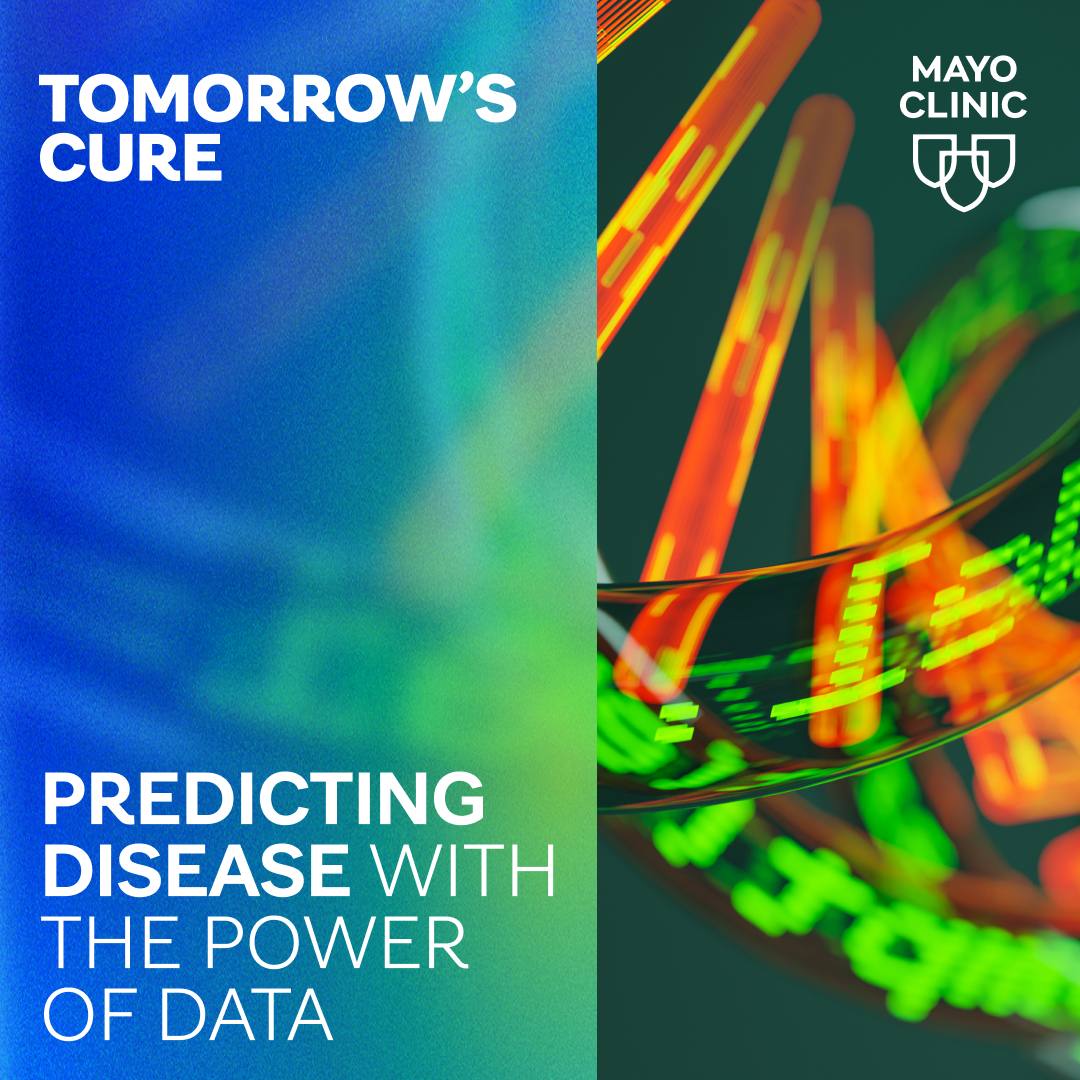More than 113,000 people need a lifesaving organ transplant. Feb. 14 is National Donor Day. There were nearly 7,400 living donor transplants in 2019 — an all-time new record, according to the United Network for Organ Sharing. Many of those transplants were living kidney donors.
And as Jason Howland explains in this Mayo Clinic Minute, the number of those donor matches coming from paired kidney donation continues to increase and save more lives.
Journalists: Broadcast-quality video (0:59) is in the downloads at the end of this post. Please "Courtesy: Mayo Clinic News Network." Read the script.
Living kidney donation is safer and easier than most people think.
"There is a very low risk with donation, and you can help somebody change their life if you donate a kidney," says Dr. Mikel Prieto, a Mayo Clinic transplant surgeon.
Finding a donor match sometimes can be a challenge and often leads to a long waiting list. But over the past decade, more and more transplants are through paired kidney donation.
"This has been a game-changer," says Dr. Prieto. "In fact, today about 20% or even 25% of our transplants are through paired donation."
It's essentially swapping kidney donors. If you have someone willing to give you a kidney but they're not a match ...
"... we can use that kidney for somebody else and find a kidney for you," says Dr. Prieto.
Paired kidney donation has opened up many more opportunities for people who desperately need transplants to find a match.
"If you have a donor ― even though they may not be compatible with you ― if you are in a transplant center where kidney paired donation is done regularly, your chances of finding a transplant and getting transplanted soon are significantly increased," says Dr. Prieto.
Related Articles







